DOG TRAINING OFFERED IN-PERSON AND ONLINEOur dog training services are delivered in almost any format that meets your needs. We have GROUP CLASSES at our indoor and outdoor facilities on our farm, ONLINE LIVE STREAMING classes, and SELF-PACED VIDEO-BASED training through our Online Dog Training Course. Our PRIVATE TRAININGS can be done in-home, outside, in public dog-friendly locations, at our facility on our farm, online via phone or video conferencing and through email. |
Question:
Our new dog is afraid of children. While there are no children living in our house, we do have family members and friends with children who visit us. Can we help our dog learn to like children?
The Trainer Answers:
Dogs can learn to like and even love kids! However, some dogs might never be completely comfortable around kids. The degree of success you can accomplish will depend on a number of things, including: your dog’s past experience – or lack thereof – with kids, your willingness to work on this issue, and the behavior of the kids your dog encounters.
Some dogs simply have had no or very little experience with kids, so kids are often unpredictable and scary to these dogs. Some dogs have had bad experiences with kids who were not properly supervised around dogs and not taught how to properly interact with dogs.
Children and dogs BOTH need training to learn how to properly interact. Dogs should not be expected to simply tolerate anything kids might do to them.
The first step to helping your dog like children is to make sure the kids your dog encounters are appropriate and don’t give your dog reason to be afraid of kids. To begin, don’t allow kids to approach or pet your dog. Forcing a dog to be approached by and petted by someone she is afraid of can make things worse instead of better.
When kids are unpredictable, make loud noises and sudden movements, dog can become frightened and defensive. Allow your dog to see calm, quiet children to learn that not all kids are scary. Reward your dog for being near kids without asking any more of him right now.
As your dog gets more comfortable being in the presence of kids, then begin to ask calm, quiet kids to allow your dog to approach them. Make sure it’s the dog’s choice to approach so he is not being forced to do something he’s not ready to do. Offer treats for moving in to check out and say hello to children. Treats should come from you in the presence of kids, but at this point, kids should not be offering the treats.
Also, make sure these are kids who are not afraid of dogs! We don’t want to force dogs on kids any more than we want to force kids on dogs.
Once your dog learns that kids predict good things – like tasty treats – you might find that your dog begins to seek out kids in hopes of more goodies! Only once your dog is very comfortable being around kids should you allow kids to gently pet your dog. This is a good time to teach kids how to properly approach and pet a dog.
Kids (same as adults!) should approach slowly and not straight on. Give the dog a chance to sniff you if he wants. If your dog is ready, a child can reach out and pet on the shoulder, under the chin or on the back. Do NOT allow kids to reach over your dog’s head or approach from behind and startle your dog. Always make sure your dog can see what the child is doing so he is not startled.
Always make sure the child is petting softly and not hitting, slapping, pulling on or poking your dog. Many kids love to hug dogs around the neck. Absolutely do not allow this! It might look cute to you, but it can be perceived as a threat to your dog, and the last thing you want is a child being bitten in the face because your dog feels threatened and unsafe.
Always watch your dog for any signs of stress or discomfort from your dog. If you see anything other than your dog being relaxed and comfortable, get him out of the situation. Don’t wait for something to happen, always prevent possible situations from escalating. Most bites to kids are preventable if you are taking proper precautions.
Your dog can learn to like kids, it just takes a bit of work!
Our goal is to positively impact the lives of as many dogs and their families as we can, in part through our extensive library of video, infographics and text articles. |

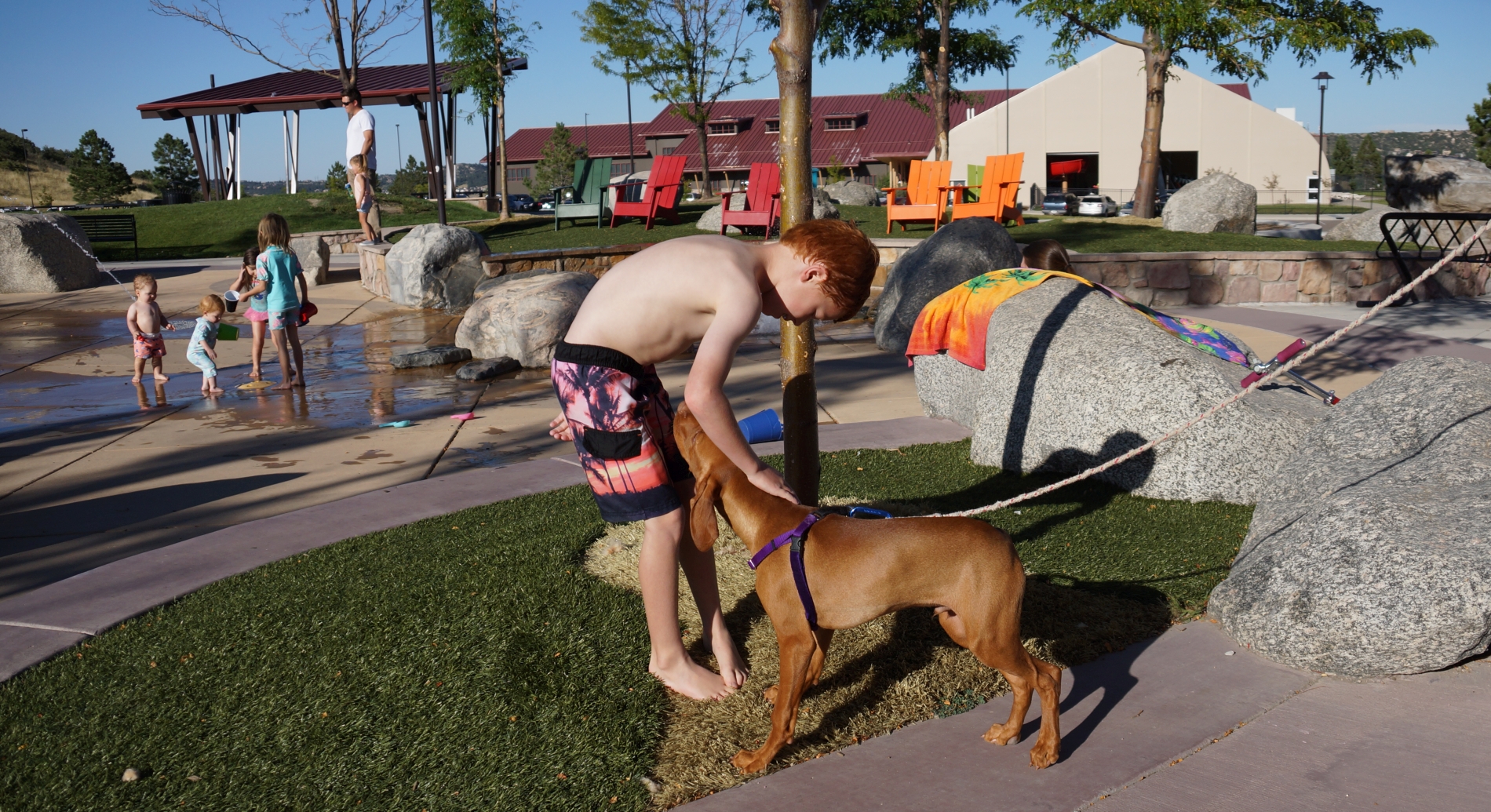
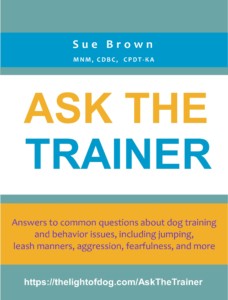
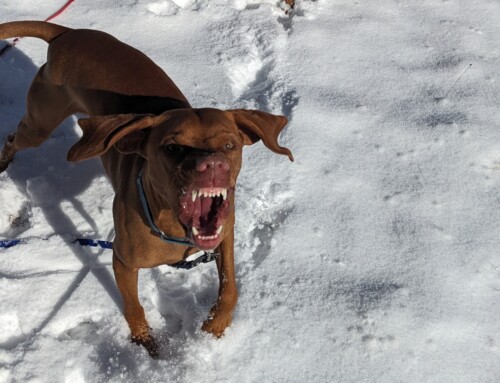


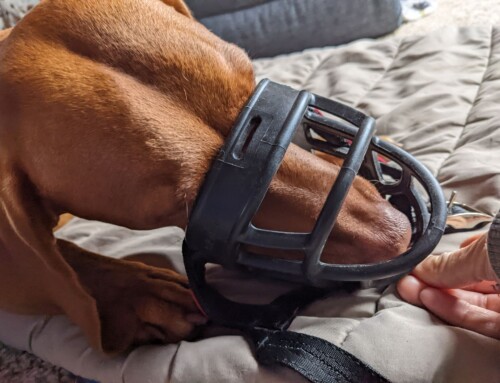
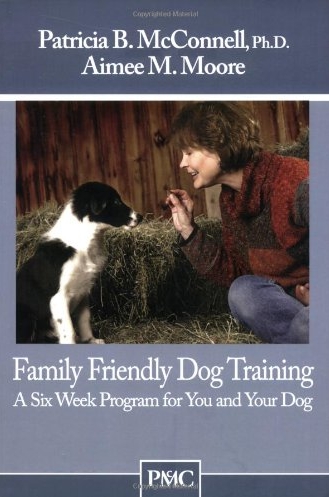

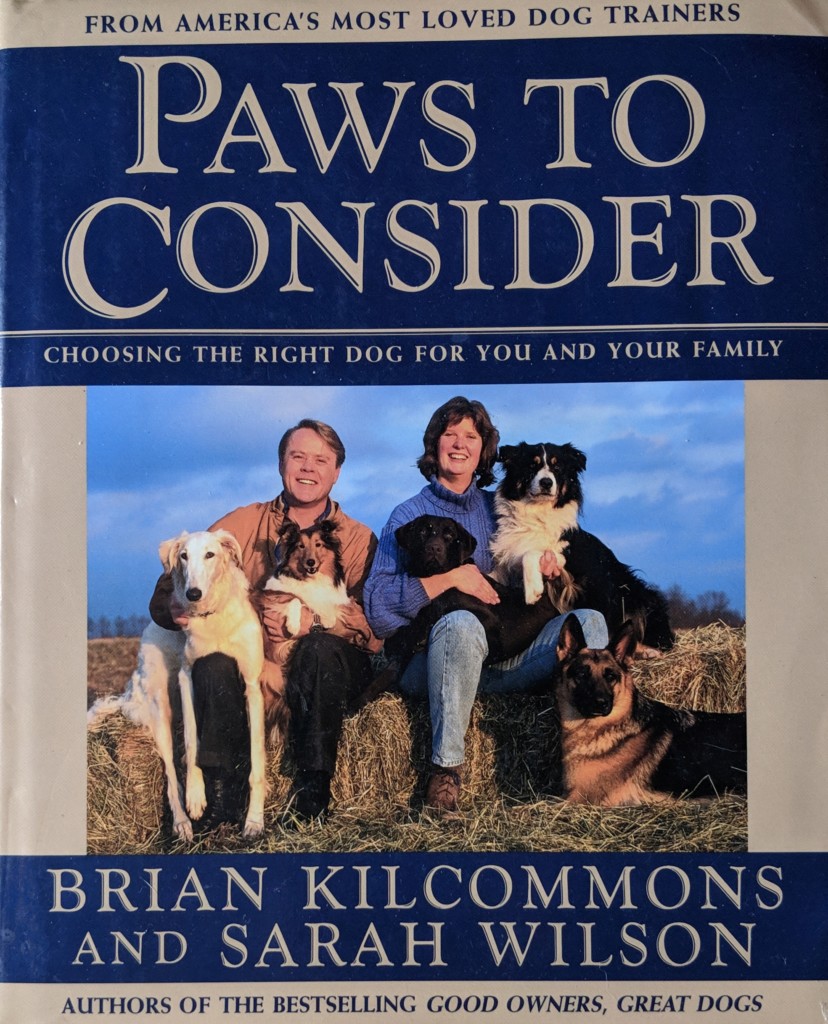

Leave A Comment